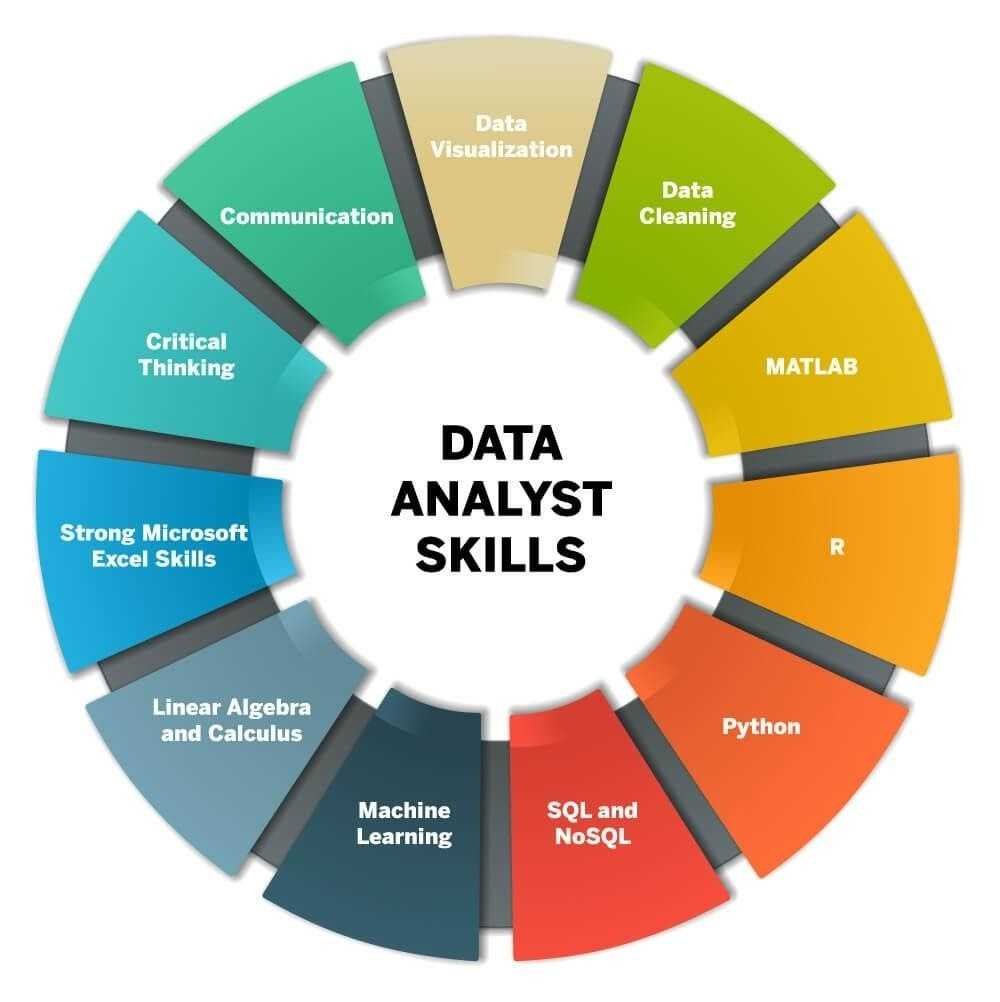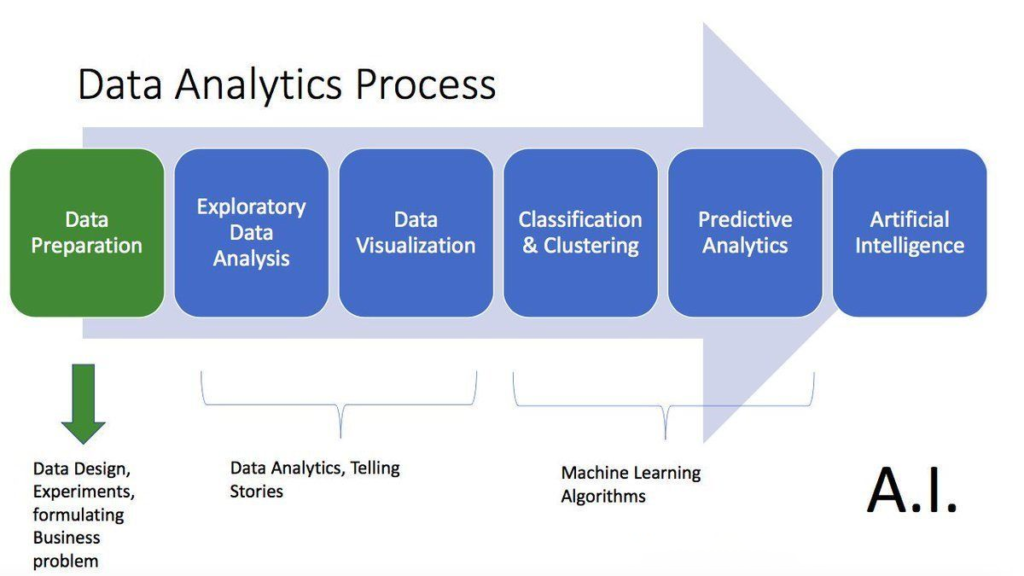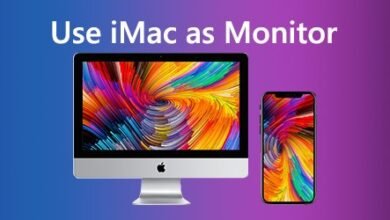How to Become a Data Analyst with No Experience

In today’s data-driven world, data analysis plays a progressively important role in many businesses. From cracking customer behaviour to optimising corporate planning, insights gained from data analysis might mean the difference between success and stagnation. In this guide, we will learn how to become a Data Analyst with No Experience.
However, for many aspiring individuals, the notion of joining the field of data analysis might be scary, especially if they require more prior expertise. Despite these worries, there is one glimmer of hope: understanding that breaking into this industry involves more than simply expertise.

Understanding the Role of a Data Analyst with No Experience
Understanding the role of a data analyst with no experience includes learning the principles of data interpretation and decision-making. Exploring uncharted territory can be daunting for newbies, requiring solid fundamentals in statistics, programming, and data visualization. Despite the initial challenges, it provides an opportunity for growth and discovery, which fosters curiosity and resilience.
Starting from scratch entails establishing a firm foundation while viewing failures as learning opportunities. Finally, it is about going on a transforming path of self-discovery and professional development, with each step bringing fresh insights and a better understanding of one’s capabilities in the dynamic field of data analysis.
Acquire Essential Skills
Statistics: Understanding statistical ideas is crucial for a data analyst. It entails understanding concepts like possibility, theory testing, regression analysis, and more. Statistical capabilities permit analysts to extract significant insights, uncover patterns, and make sound decisions.
Programming: Understanding programming languages such as Python, R, and SQL is crucial for data analysis. Many distinct programming languages provide a range of tools and modules designed expressly for processing, analysis, and presentation.
Data Manipulation: Rarely data comes in a pristine, ready toanalyzee format. Data analysts must be knowledgeable in data cleaning, transformation, and community to prepare it for analysis. Preparation of data includes tasks like managing missing data, integrating databases, and modifying data structures to meet analytical needs. Visualization of Data: Proper sharing of ideas is essential in data analysis. Visualization of talents allows analysts to develop illustrations of data, including diagrams, charts, and dashboards, which make complex information more convenient and transparent for users. Popular data visualization implements include Seaborn, Tableau, and Power BI.
Critical Thinking and Problem Solving: Data analysis frequently entails addressing complicated issues and making sense of unclear or inadequate information. Therefore, strong critical thinking abilities are demanded to generate hypotheses, establish analytical procedures, and effectively assess outcomes. Moreover, data analysts must be capable of maintaining logic, identifying patterns, and removing meaningful insights from data.
Domain expertise: Domain expertise in specific businesses or sectors can improve a data analyst’s performance, even if it is not a technological skill. Understanding the context in which data is generated, as well as the business objectives it helps, allows analysts to tailor their analyses and proposals better to match the community’s needs.

Embrace Learning Opportunities
Embrace Learning Opportunities means taking an attitude to ongoing learning and development in the field of data analysis. It is important to actively seek out opportunities for personal and professional growth, which can be obtained through online courses, workshops, mentorship schedules, and societal involvement.
Indeed, by staying open, data analysts can improve their knowledge of statistical methods, programming languages, data visualization techniques, and industry movements. Furthermore, interacting with peers and professionals in the subject promotes cooperation, idea sharing, and mentorship, which enhances learning products.

Build a Solid Portfolio
Building a Solid Portfolio entails putting together a collection of projects and works that highlight a person’s data analysis skills, capability, and achievements. This portfolio provides tangible confirmation of one’s ability to prospective employers or clients.
It typically includes a variety of data analysis tasks, such as data purification and manipulation, statistical analysis, and data visualization. Additionally, it covers the performance of results. Creating a precise portfolio that demonstrates the ability to handle real-world data and solve complex challenges can significantly enhance a data analyst’s credibility, making them more competitive in the job market or as freelancers.
Connections and Opportunities for Internships
Networking and Internship Opportunities involve actively networking with data analysis specialists and acquiring hands-on experience through training. Networking concerns making relations with peers, mentors, and industry specialists through events, online communities, and social media.
These associations offer vital insights, advice, and career opportunities. Training provides hands-on experience enforcing data analysis abilities in real-world contexts, typically within communities or businesses. Aspiring data analysts can gain practical experience, grow their professional network, and enhance their resumes. Both networking and internships are required for accelerating career progress, gaining access to new opportunities, and selecting one’s presence in the data analysis field.

Creating an Attractive CV and Cover Letter
Building an Impressive Resume and Cover Letter requires crafting professional documents that effectively highlight a person’s abilities, skills, and previous work in data analytics. A resume highlights appropriate education, certifications, work experience, and essential achievements in data analysis. It should be concise, well-organized, and suited to the particular job application.
A cover letter adds to the CV by providing a personalized introduction, explaining why the candidate is interested in the position, and stressing relevant experiences or abilities. Furthermore, these documents act as marketing tools, capturing potential employers’ attention. Consequently, they present a compelling case for why the candidate is an excellent fit for the position.

Preparing for Interviews
It is critical to be familiar with data analysis tools and procedures and to be able to discuss previous projects and experiences in depth.
The finale allows you to reflect on the transforming experience of becoming a professional data analyst. It summarizes the essential learnings, tactics, and wisdom gained while exploring this guide. As we conclude this topic, it is necessary to remember that the plan of data analysis excellence is a never-ending process driven by interest, strength, and a desire to improve.
Every problem is a chance, and every success is a milestone that marks not only the end but also the beginning of unlocking the whole possibility of data analysis.
FAQs
[sp_easyaccordion id=”1985″]








